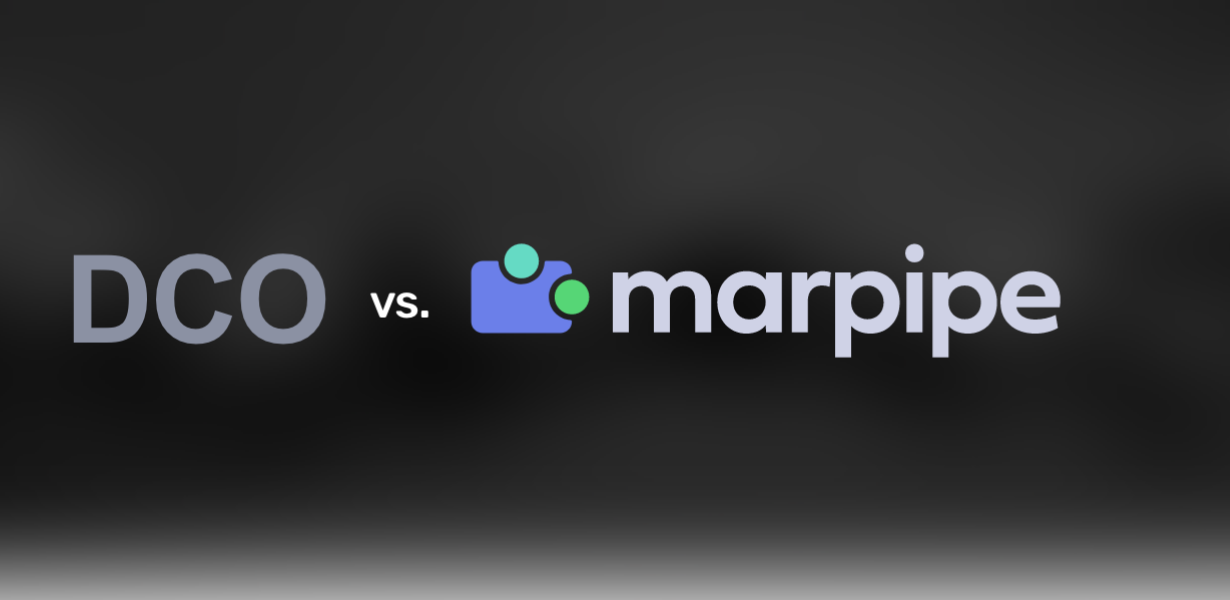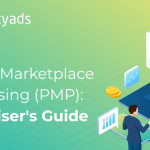
Data-Driven Creativity: Navigating the Dynamic Landscape of DCO and A/B Testing
- Post
- August 9, 2023
- Ad Serving Tech, DCO vs A/B Testing, Dynamic Creative Optimization
- 0 Comments
The modern digital landscape demands a strategic blend of creativity and data-driven decision-making. In this era of rapid technological evolution, advertisers and marketers are constantly seeking innovative ways to capture their audience’s attention and drive meaningful engagement. This is where Data-Driven Creativity (DDC) steps in, revolutionizing how brands create and optimize their campaigns. In this comprehensive guide, we’ll explore the intricacies of DDC, its intersection with A/B testing, and provide real-world examples to illuminate its potential impact.
Understanding Data-Driven Creativity
Data-Driven Creativity (DDC) fuses the art of creativity with the science of data analysis to develop personalized, hyper-targeted advertising content. By harnessing the power of customer insights and behavior patterns, DDC enables brands to craft compelling and relevant messages that resonate deeply with their audience. This approach goes beyond the traditional one-size-fits-all ad campaign, allowing brands to adapt their content dynamically based on real-time data.
Key Elements of DDC:
Audience Segmentation: DDC begins with segmenting the audience into distinct groups based on various parameters such as demographics, interests, and behavior.
Dynamic Content: Tailored content variations are created for each segment, ensuring that the message aligns with the specific needs and preferences of the audience.
Real-Time Optimization: As campaigns run, DDC continuously analyzes performance data and adjusts content elements to maximize engagement and conversions.
DCO vs. A/B Testing: Unveiling the Distinct Approaches
Dynamic Creative Optimization (DCO) and A/B testing are both powerful tools in the marketer’s toolkit, each offering a unique approach to enhancing campaign effectiveness. Let’s delve into the differences and synergies between these two methodologies.
DCO:
DCO focuses on real-time personalization, automatically adjusting various ad elements, such as images, headlines, and calls-to-action, to suit individual audience members. It leverages data insights to dynamically assemble the most compelling version of an ad for each viewer.
A/B Testing:
A/B testing involves creating multiple variations of an ad and testing them against each other to determine which performs best. This approach helps marketers identify which specific changes lead to higher engagement or conversions.
Harnessing the Power of Data-Driven Creativity
Hyper-Personalization for Enhanced Engagement:
DDC empowers brands to craft messages that resonate deeply with individuals, increasing the likelihood of engagement and conversions. By analyzing user behavior, preferences, and past interactions, brands can tailor their content to provide genuine value.
Real-World DDC Success Story:
One notable example is Spotify’s “Wrapped” campaign, where users receive personalized year-in-review summaries based on their listening habits. This DDC approach not only engages users but also encourages social sharing, fostering a sense of community.
Blending DDC with A/B Testing:
The synergy between DDC and A/B testing is undeniable. A/B testing validates the effectiveness of DDC strategies by systematically comparing variations. For instance, a DDC campaign’s effectiveness can be validated by A/B testing different content combinations within the dynamically personalized framework.
DCO vs. A/B Testing: Navigating the Crossroads:
While both DCO and A/B testing strive to optimize campaign performance, their methodologies differ. DCO personalizes content dynamically, while A/B testing identifies the most effective static content version. Combining these approaches ensures data-driven personalization’s efficacy while grounding it in empirical evidence.
Unlocking the Potential: DCO vs A/B Testing Examples
E-commerce Dynamism: An e-commerce brand using DCO could personalize product recommendations based on browsing history, leading to higher click-through and conversion rates. A/B testing can then validate the DCO’s performance by comparing it to a static recommendation approach.
Travel Industry Illustration: A travel company could employ DCO to tailor vacation package ads based on user preferences and browsing behavior. A/B testing could subsequently compare the DCO-generated ads against manually curated static ads to measure engagement metrics.
Final Words
Navigating the dynamic landscape of Data-Driven Creativity and A/B testing requires a deep understanding of both the creative and analytical realms. By fusing the power of personalization with empirical validation, brands can engage their audience more effectively, foster meaningful interactions, and ultimately achieve their marketing objectives.
Commonly Asked Questions
Q1: Is DDC suitable for all types of businesses?
DDC is particularly effective for businesses with diverse customer segments and a need for personalized communication. However, its implementation should align with a brand’s specific goals and audience preferences.
Q2: How does DDC impact ROI?
DDC’s hyper-personalization often leads to increased engagement, conversions, and customer loyalty, positively impacting a brand’s ROI.
Q3: Can DDC replace traditional creative approaches?
While DDC enhances campaign personalization, it doesn’t eliminate the need for strong creative concepts. Effective DDC relies on well-crafted content that can be dynamically adapted.
Q4: How can I start implementing DDC?
Begin by collecting and analyzing customer data. Leverage marketing automation tools to create dynamic content variations and gradually expand your DDC efforts as you gather insights.
Q5: What role does AI play in DDC?
Artificial Intelligence powers DDC by processing vast amounts of data, identifying patterns, and generating personalized content variations in real-time, making campaigns more efficient and effective.



